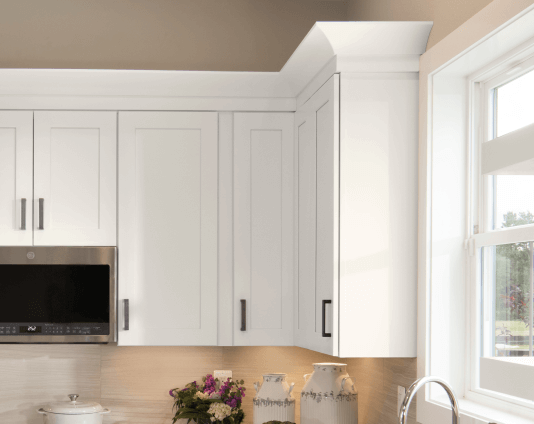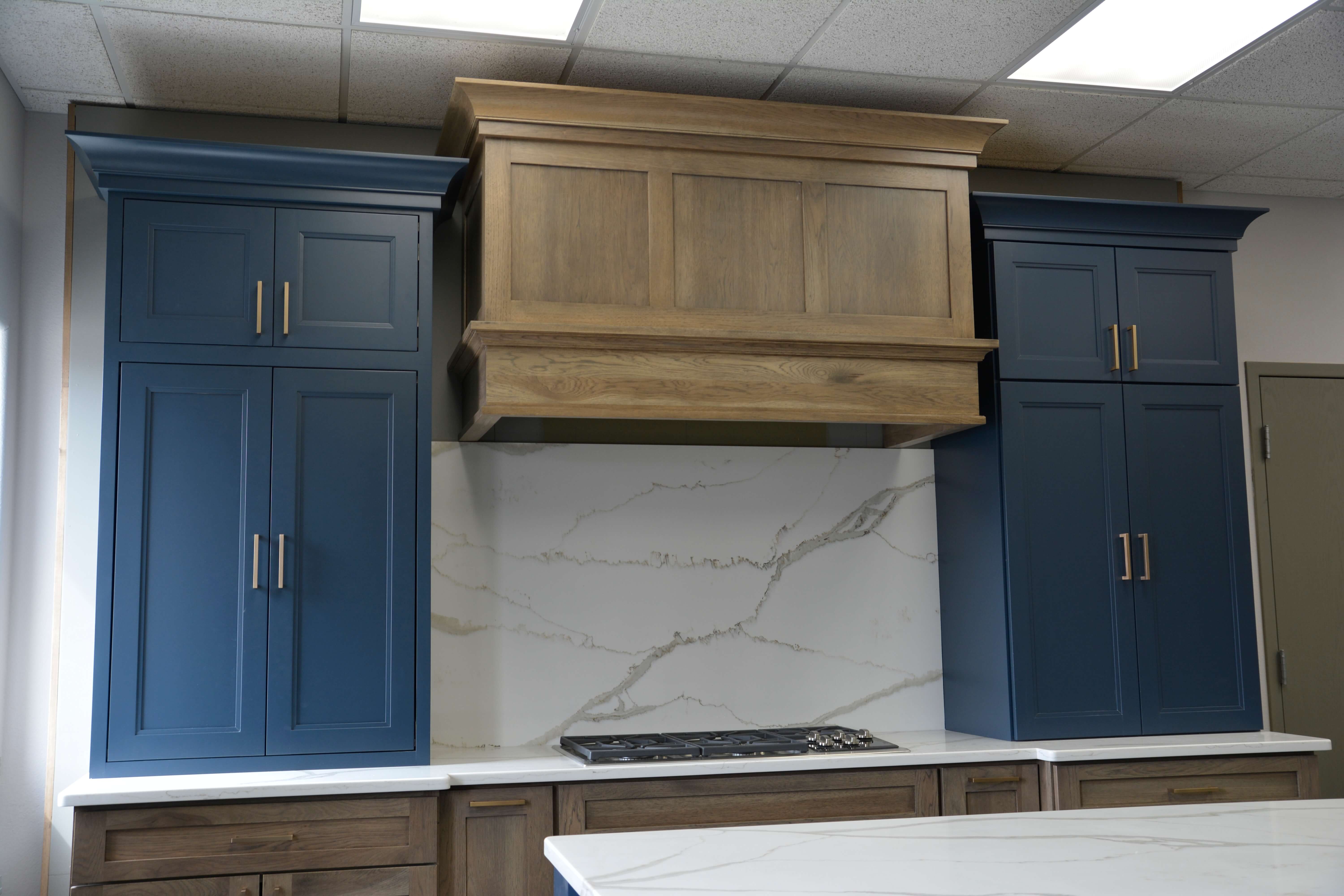When it comes to kitchen design, decorative trim kitchen cabinets can make all the difference. As a passionate home cook and DIY enthusiast, I’ve had my fair share of experiences with various kitchen designs, and I can confidently say that decorative trim cabinets elevate the overall aesthetic of any kitchen. In this article, we’ll explore everything you need to know about decorative trim kitchen cabinets—from styles and benefits to installation tips and maintenance.
Table of Contents
- What Are Decorative Trim Kitchen Cabinets?
- Benefits of Decorative Trim Kitchen Cabinets
- Popular Styles of Decorative Trim Kitchen Cabinets
- Materials Used in Decorative Trim
- Installation Tips for Decorative Trim
- Maintenance of Decorative Trim Cabinets
- Cost Considerations
- Pros and Cons of Decorative Trim
- Frequently Asked Questions
What Are Decorative Trim Kitchen Cabinets?
Decorative trim kitchen cabinets feature various design elements that enhance their appearance and functionality. These trims can include moldings, decorative panels, and accents that add character and elegance to standard cabinetry. Whether it’s crown molding that offers a finished look, or shaker panels that introduce texture, decorative trims can significantly improve the overall aesthetic of your kitchen.
Key Features of Decorative Trim Cabinets
- Visual Appeal: Enhances the visual interest of cabinets.
- Customizable: Various styles and finishes to fit any kitchen theme.
- Functional: Can provide extra storage space when designed creatively.
Benefits of Decorative Trim Kitchen Cabinets
So why choose decorative trim kitchen cabinets? Here are some compelling reasons based on my own experiences:

1. Aesthetic Enhancement
Decorative trim instantly elevates the look of your kitchen. Whether you prefer traditional or modern styles, trims help create a unique and inviting atmosphere.
2. Increased Home Value
Quality cabinetry, especially with decorative trim, can significantly boost the resale value of your home. It reflects attention to detail and quality craftsmanship.

3. Versatility
These cabinets can adapt to various kitchen designs. Whether you’re going for a rustic farmhouse vibe or a sleek contemporary look, decorative trim can complement any style.
4. Personalization
Adding trim allows for creativity, enabling homeowners to customize their cabinetry to suit their personal tastes and preferences.

Popular Styles of Decorative Trim Kitchen Cabinets
There are numerous styles to choose from. Here are some popular options to consider:
1. Crown Molding
Crown molding is a classic choice that adds elegance to the top of cabinets. It beautifully bridges the space between the cabinetry and the ceiling.

2. Baseboards and Shoe Molding
These trims are placed at the bottom of cabinets, offering a polished look while protecting the lower edges from damage.
3. Decorative Panels
Panels can be used on the sides or center of cabinets to create visual interest and depth. They can feature intricate designs or be flat for a more modern appeal.

4. Glass Inserts
Incorporating glass in cabinet doors can showcase your dishware while adding a touch of sophistication.
Comparison Table: Popular Decorative Trim Styles
| Style | Description | Best For |
|---|---|---|
| Crown Molding | Curved trim at the top of cabinets | Traditional & Contemporary Styles |
| Baseboards | Trim at the bottom of cabinets | All Styles |
| Decorative Panels | Panels with designs or textures | Rustic or Vintage Kitchens |
| Glass Inserts | Glass doors for display | Modern & Minimalistic Designs |

Materials Used in Decorative Trim
Choosing the right material for your decorative trim is crucial for durability and aesthetic appeal.
1. Wood
Wood is a classic choice due to its versatility and natural beauty. It can be stained or painted to match any cabinetry.
2. MDF (Medium Density Fiberboard)
MDF is an affordable, lightweight alternative that can be easily painted. It’s great for intricate designs but may not be as durable as solid wood.
3. Polyurethane
This material is lightweight, resistant to moisture, and offers a polished finish. It’s perfect for areas prone to humidity.
4. Plywood
Plywood is strong and stable, making it a great choice for both decorative panels and structural elements.
Installation Tips for Decorative Trim
Installing decorative trim can be a rewarding DIY project, provided you follow these tips:
1. Measure Twice, Cut Once
Ensure accurate measurements to avoid costly mistakes. Use a miter saw for precise cuts at angles.
2. Use Quality Adhesives
Choose strong adhesives and finish nails to firmly attach the trim to the cabinets.
3. Sand and Paint
If you’re painting the trim, sand it down first to ensure a smooth finish. Use a primer to enhance paint adherence.
4. Consider Professional Help
If you’re unsure about installation, hiring a professional can save you time and ensure a high-quality finish.
Maintenance of Decorative Trim Cabinets
Maintaining your decorative trim cabinets is key to preserving their beauty:
1. Regular Cleaning
Wipe down the cabinets weekly to prevent dust build-up. Use a damp cloth with a mild detergent for best results.
2. Avoid Harsh Chemicals
Harsh cleaners can damage the finish and trim. Stick to gentle, non-abrasive products.
3. Touch Up Scratches
For minor scratches, you can use touch-up paint or markers specifically designed for wood finishes.
Cost Considerations
When budgeting for decorative trim kitchen cabinets, consider the following:
1. Material Costs
The type of material you choose significantly affects the overall cost. Wood tends to be more expensive than MDF or polyurethane.
2. Installation Costs
If you opt for professional installation, factor in labor costs, which can vary widely based on your location.
3. Design Complexity
Simple designs will typically cost less than intricate, customized options that require more labor and material.
Cost Comparison Table
| Material | Average Cost per Linear Foot |
|---|---|
| Wood | $5 – $15 |
| MDF | $2 – $8 |
| Polyurethane | $3 – $10 |
Pros and Cons of Decorative Trim
Pros
- Enhances the kitchen’s visual appeal
- Increases home value
- Customizable and versatile
- Protects from damage
Cons
- Can increase the overall cost of your kitchen remodel
- May require maintenance to keep it looking fresh
- Complex installation for detailed designs may be challenging for DIYers
Frequently Asked Questions
What is the best material for decorative trim on cabinets?
The best material depends on your budget and desired aesthetic. Wood offers a classic look, while MDF is more affordable and easier to paint.
Can I install decorative trim myself?
Yes, many homeowners successfully install decorative trim. Be sure to measure accurately and consider watching tutorial videos for guidance.
How do I clean decorative trim?
Use a damp cloth and mild detergent. Avoid harsh chemicals that may damage the finish.
Is decorative trim worth the investment?
Absolutely! Decorative trim not only improves the look of your kitchen but can also enhance your home’s resale value.
Conclusion
Decorative trim kitchen cabinets are a fantastic way to enhance your kitchen’s beauty and functionality. With the right materials, styles, and maintenance, these cabinets can become the highlight of your home for years to come. Remember to choose a design that resonates with your personal style, and don’t hesitate to explore DIY installation for an enriching home improvement project.